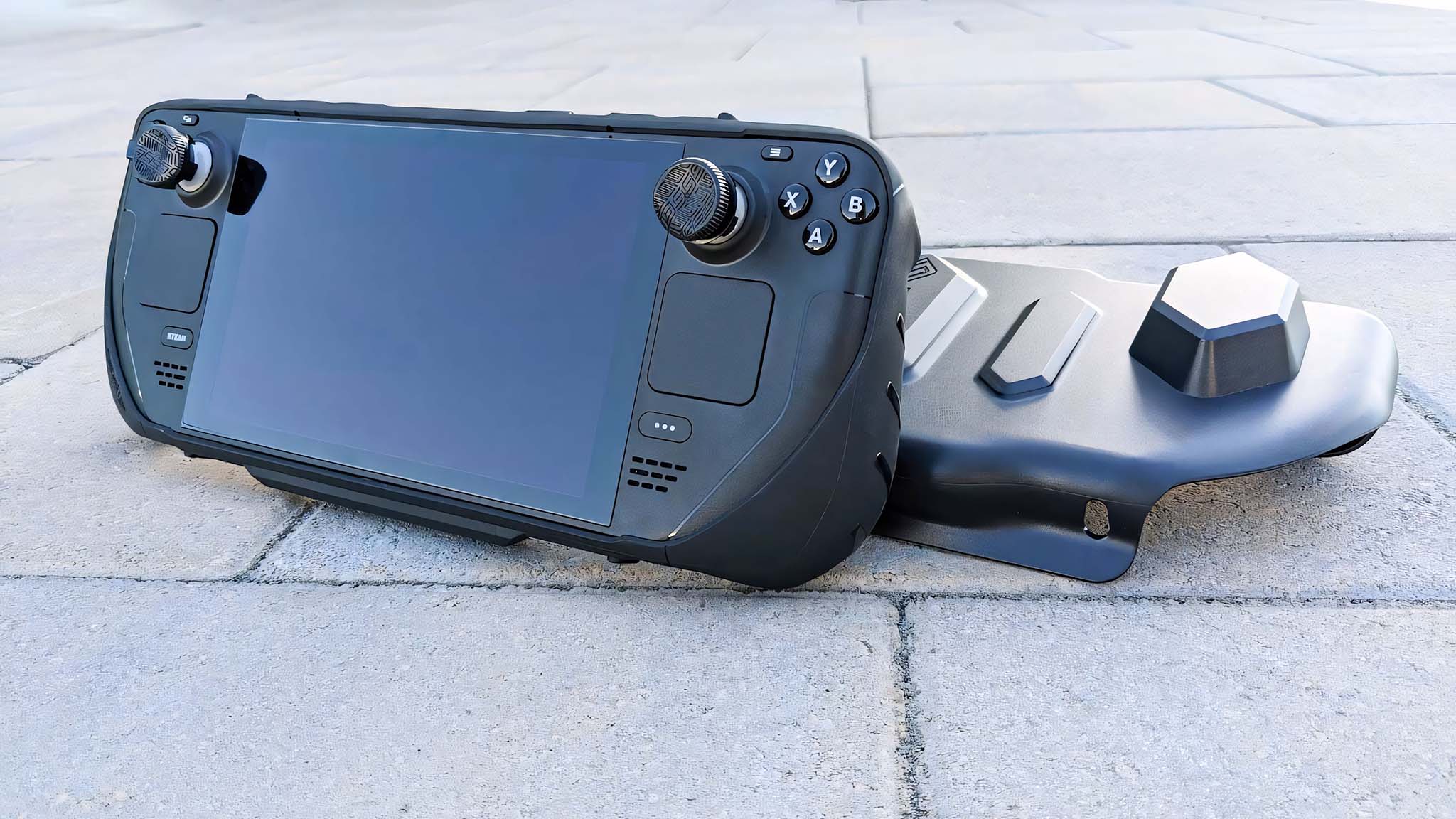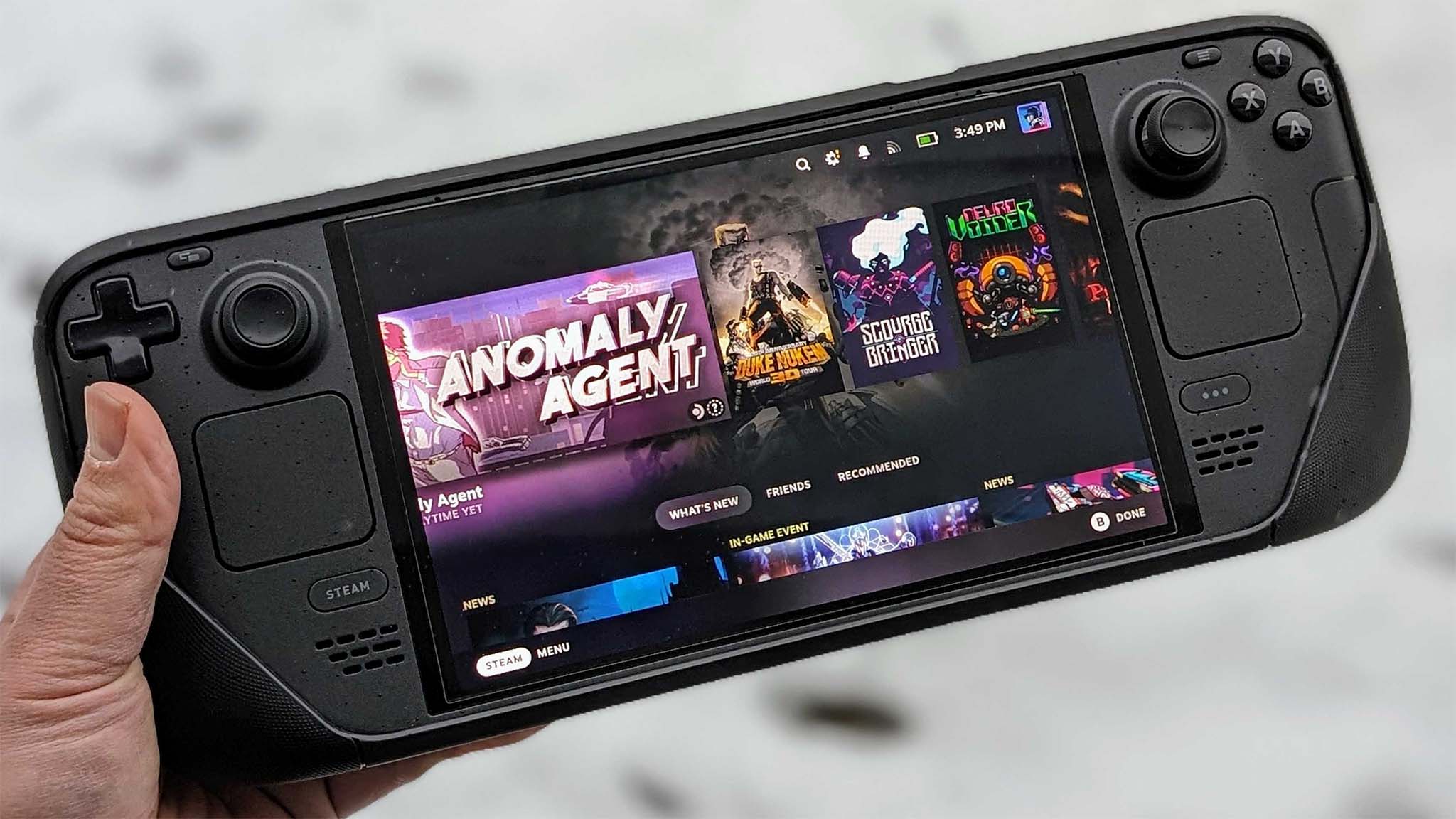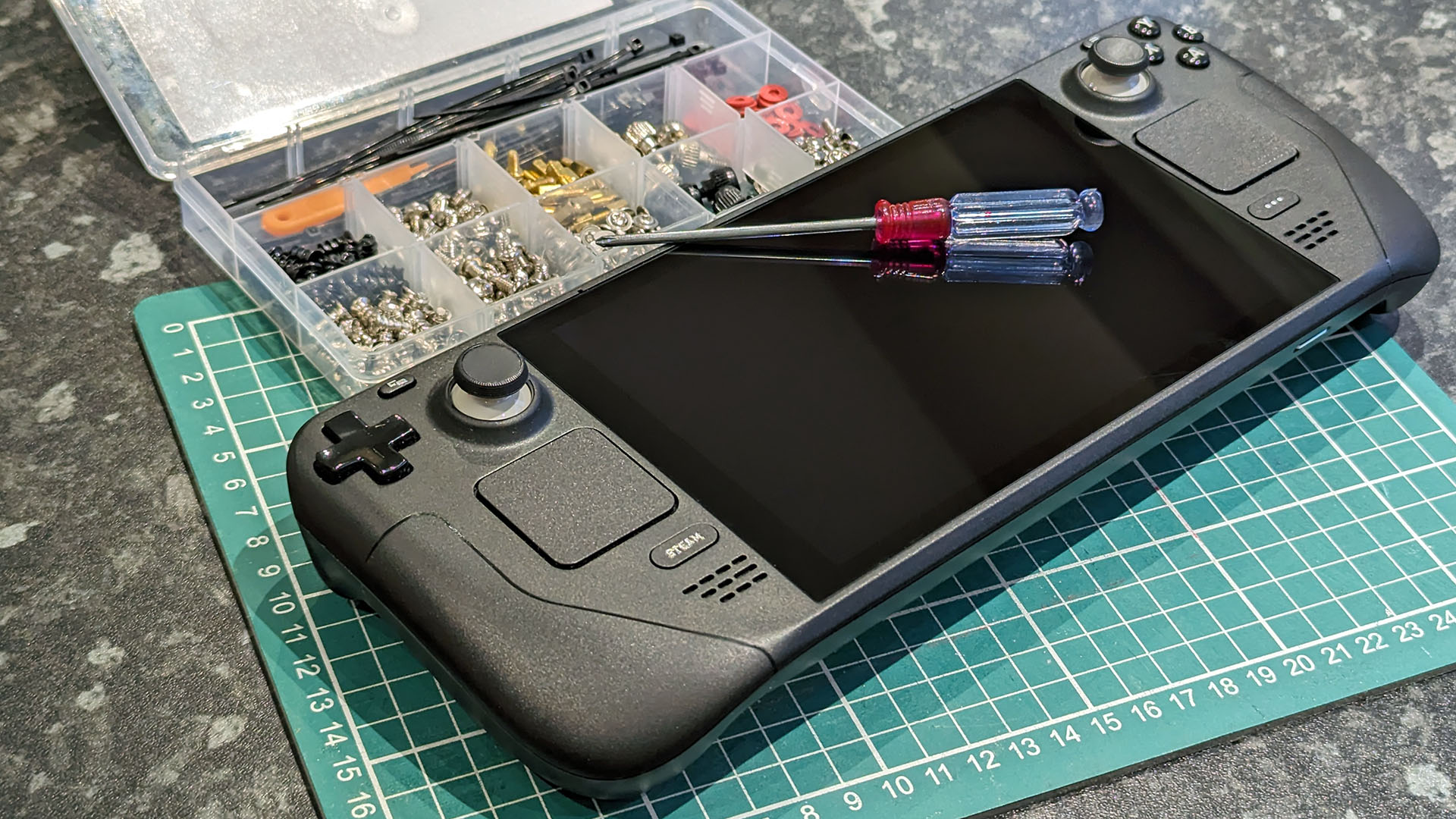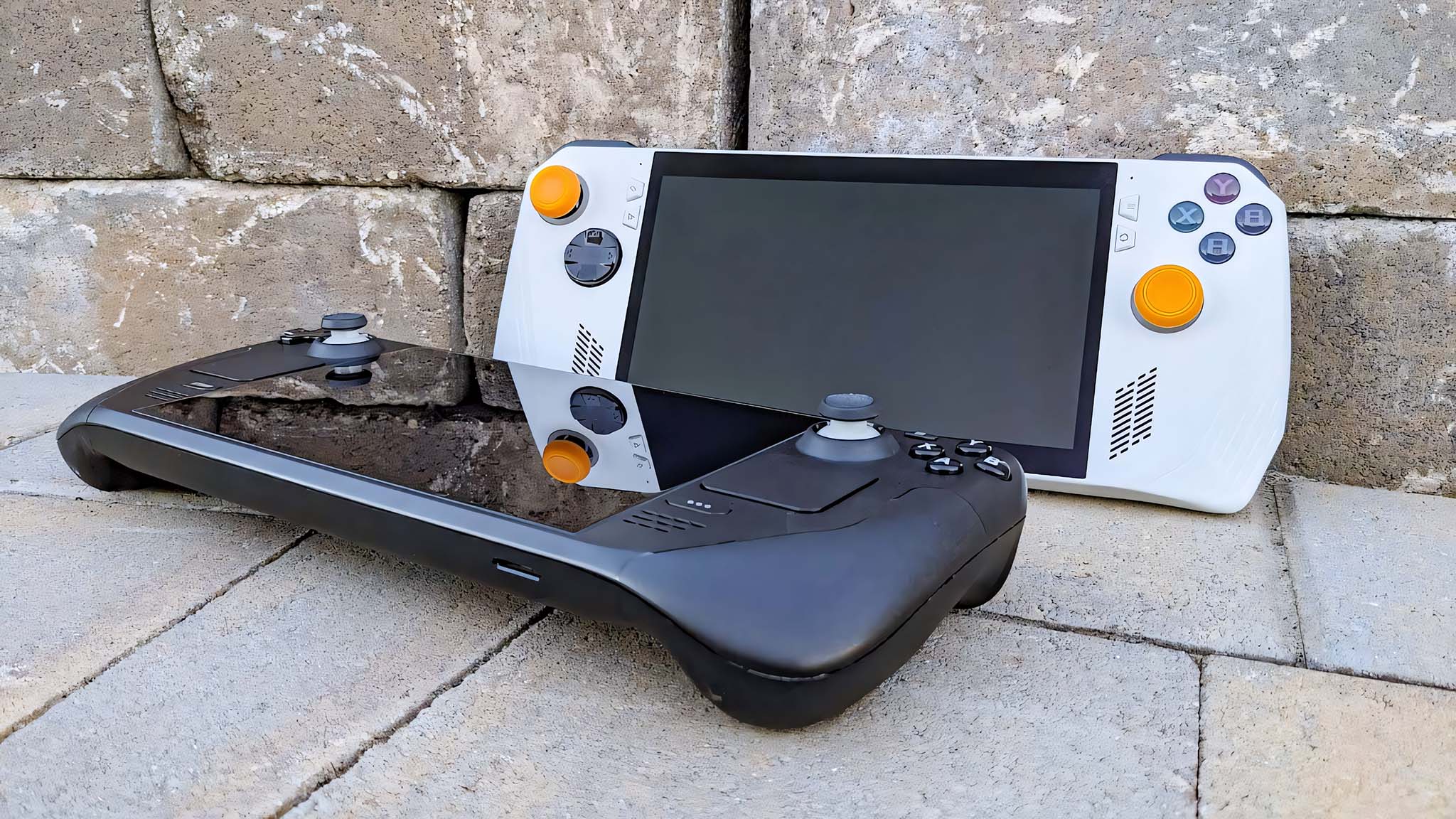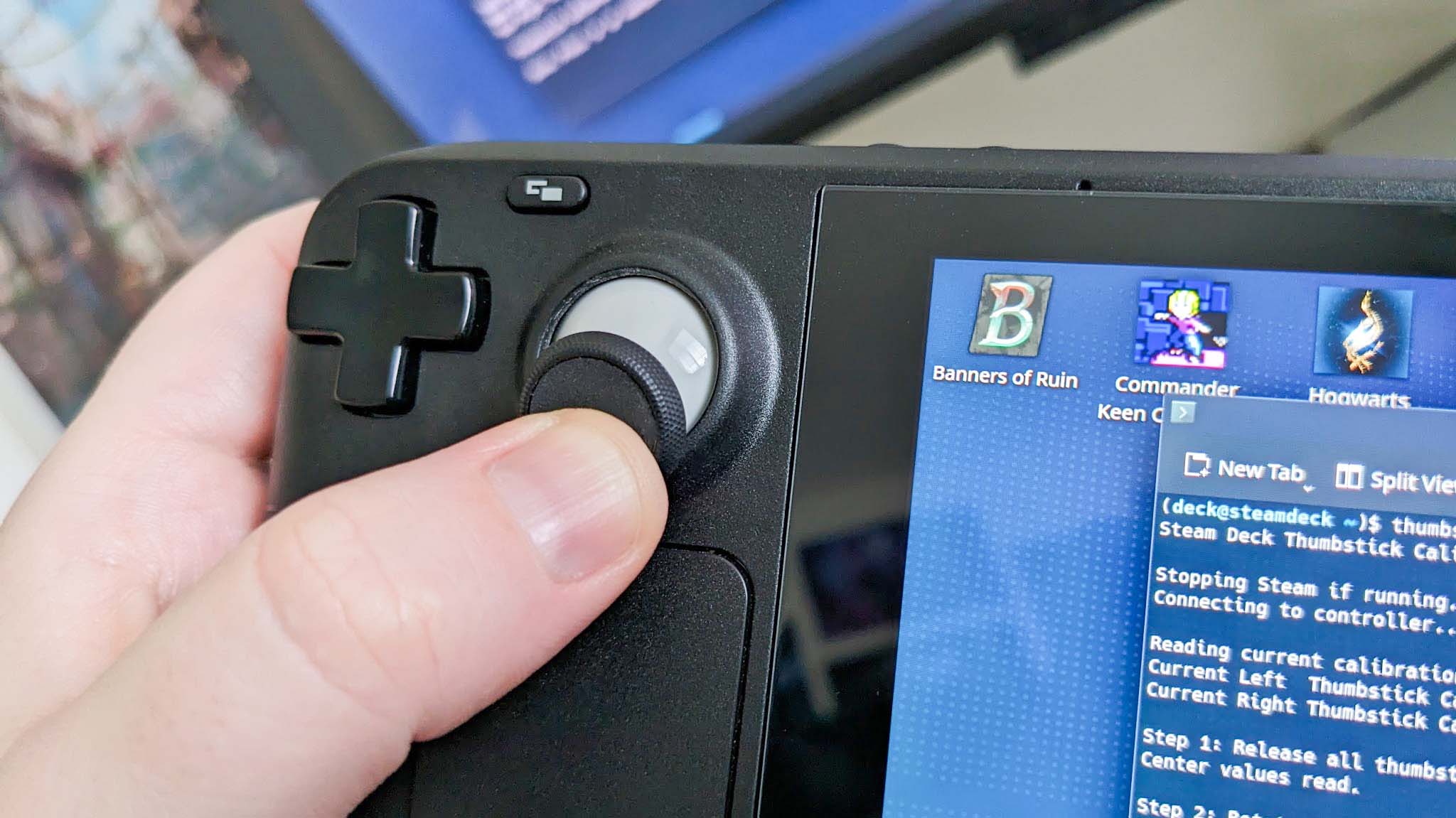Steam Deck 2 rumors: Everything we know so far about Valve's next-gen gaming handheld
Valve is working on a Steam Deck 2. Here's everything we know so far.
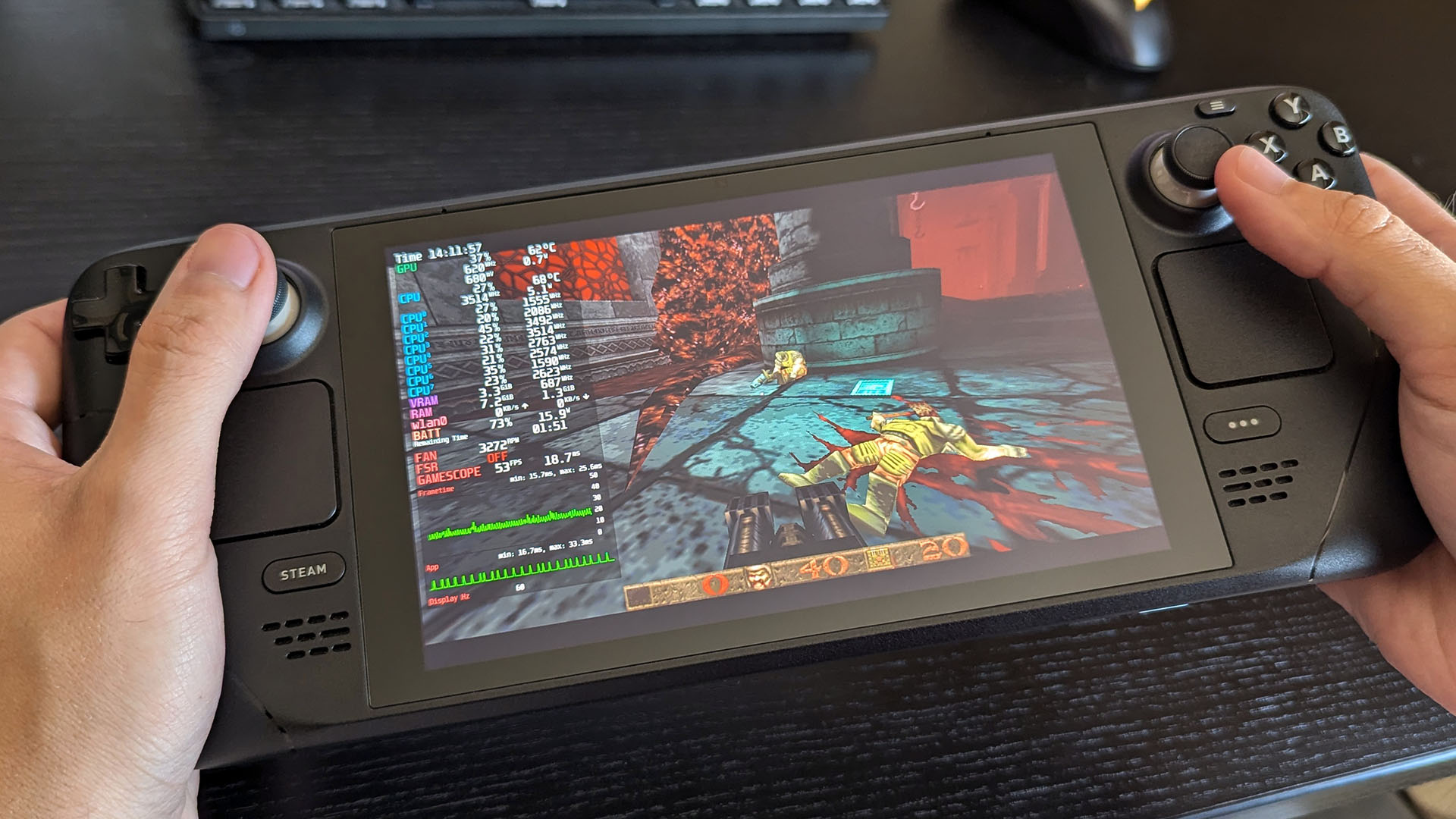
Ever since the massive success of Valve's Steam Deck, we've seen a major uptick in PC gaming handhelds from other companies. Still, Valve's low pricing and simple SteamOS interface have continued to pull more and more people to its gaming system. As such, it's not at all surprising that the company is planning on releasing a Steam Deck 2.
Now, there are plenty of Steam Deck 2 rumors swirling around out there, but we're working to cut through the chaff and determine what's real and what isn't. Here's everything we know so far about the Steam Deck 2.
UPDATE April 18, 2025: The latest rumors suggest that Valve doesn't have plans to release a next-gen Steam Deck until 2026 or beyond. I've added additional information about this to the page.
Will there be a Steam Deck 2?
Will there be a Steam Deck 2?
There haven't been any official Steam Deck 2 announcements, but rumors and information gathered during interviews suggest that Valve is definitely considering making a follow-up handheld in the next few years.
In 2023, Valve basically confirmed that a Steam Deck 2 was in the works. However, recent rumors have made people wonder if those plans have changed or been dropped.
During an interview with Tom's Guide in Jan 2025, Pierre-Loup Griffais, SteamOS designer at Valve, explained that contrary to some rumors, there aren't currently any plans for a Steam Deck 2 with an AMD Ryzen Z2 chip.
Based on comments made during the interview, it seems Valve is waiting for better processors to come out that can provide better battery life. "We don’t want to be looking at 20-30% improvement or anything like that," Griffais said, "because we don’t think that’s meaningful enough for developers and for users."
In case you don't know, Z2 chips are anticipated for other next-gen handhelds including ROG Ally 2, Legion Go 2, and potentially even the ASUS ROG Xbox Handheld (codename Project Kennan).
What is the Steam Deck 2?
The Steam Deck is a gaming handheld from Valve that allows users to quickly access their library of Steam games. "Steam Deck 2" or "Steam Deck 2.0" are terms the internet has given for the handheld's successor.
It's believed that the Steam Deck 2 will be a next-gen handheld that is more powerful and will hopefully improve upon the design of the original system.
All the latest news, reviews, and guides for Windows and Xbox diehards.
When will Steam Deck 2 come out?
When will Steam Deck 2 come out?
Based on recent comments made by people at Valve, it's likely that we won't see the Steam Deck 2 until 2026 or later.
Valve has specifically stated that it is planning a "next-generation" upgrade to the Steam Deck. However, Valve Produce Designer Lawrence Yang stated in a review with Bloomberg that people shouldn't expect to see it for at least two to three more years.
Will Steam Deck 2 release in 2025?
No, the Steam Deck 2 will not release in 2025.
Based on information given by Pierre-Loup Griffais, it seems likely that we won't be getting the next-gen handheld until 2026, 2027, or later.
Should I wait for Steam Deck 2?
No. If you're really interested in getting a gaming handheld, then I recommend getting the Steam Deck, ROG Ally, or Legion Go now.
It could take years for the next-gen Steam Deck 2 to come out, and so you'll just waste time waiting for it when you could be enjoying portable PC gaming now.
Do we really need a Steam Deck 2?
There's no denying that the Steam Deck has made a big impression on the PC gaming community. However, it's also true that it has some designs and features that could be improved upon.
Its biggest competitors like the ROG Ally and Legion Go offer better screens, better resolution, and more powerful performance. So, those are just a few ways that Steam Deck could be improved upon with a next-gen device.
What are Steam Deck 2 specs?
Despite the many Steam Deck 2 rumors flying around right now, we're way too far out to know what the exact Steam Deck 2 specs are.
Even if Valve had some specs in mind, it's very likely that its design plans for the gaming handheld will evolve and change as time goes on. We'll have to wait until we're a bit closer to the Steam Deck 2's release date to know for certain what components it carries and how powerful it is.
Rumored Steam Deck 2 specs
As discussed earlier, the Steam Deck 2 won't be using the AMD Ryzen Z2 chips that its rivals are using. In fact, when asked about what chip Valve would use, he said, "not necessarily AMD!"
This could mean that the Steam Deck 2 could use either an NVIDIA SoC (system-on-a-chip) like the Nintendo Switch 2 does or an Intel SoC like the MSI Claw 8 AI+ does. We'll have to wait until Valve reveals more before we know for sure.
- RELATED: Nintendo Switch 2 vs Steam Deck
Since Griffais, was so keen to mention battery life and even hinted that this could be the reason Valve isn't using a Z2 chip, it stands to reason that Valve wants to increase battery life significantly in the Steam Deck 2.
The first-gen Steam Deck is available with either a 7-inch LCD or a 7.4-inch OLED display. As such, it's very possible we could see both of these panel types in a Steam Deck 2.
I've personally noticed that 7-inch displays used to be pretty standard, but many of the latest handhelds now have 8-inch displays or larger, so it's also possible the Steam Deck 2 could have a larger panel.
Steam Deck 2 price speculation
How much does Steam Deck 2 cost?
Valve has not released an official price for the Steam Deck 2 as of yet.
Given that we're still at least a couple of years out from a Steam Deck 2 launching and we don't know its specs, it's really hard to pinpoint how much this handheld could sell for.
It's also worth noting that the current tariff situation in the US could have lasting effects on the prices of electronics, depending on how it all shakes out.
Still, we can make some educated guesses based on the prices of the first-gen Steam Deck configurations.
As of right now, the Steam Deck has a starting price of $399.00, with its flagship configuration selling for $649.00.
It's very possible Valve could attempt to remain in a more budget-friendly price range for the Steam Deck 2. After all, it's one of the reasons many people choose Steam Deck over the more expensive ROG Ally or Legion Go.
As such, I could easily see the Steam Deck 2 selling for somewhere between $400 and $700, but we'll have to wait until we know more about the device's specs before we can narrow down on a likely price range.
Steam Deck 2 news
Details are thin, but we'll add more to this section as time goes on.
- Nov. 9, 2023: Valve confirms Steam Deck 2.
- Jan. 12, 2025: Valve’s SteamOS designer Pierre-Loup Griffais clarified that Valve doesn't have plans to use Ryzen Z2 chip for Steam Deck 2.
Steam Deck 2 vs ROG Ally 2
ROG Ally is by far the biggest competitor to the Steam Deck. Both gaming handhelds have found success, so it's not at all surprising to hear that ASUS has confirmed that an ROG Ally 2 is in the works. You can learn more at my ROG Ally 2 guide.
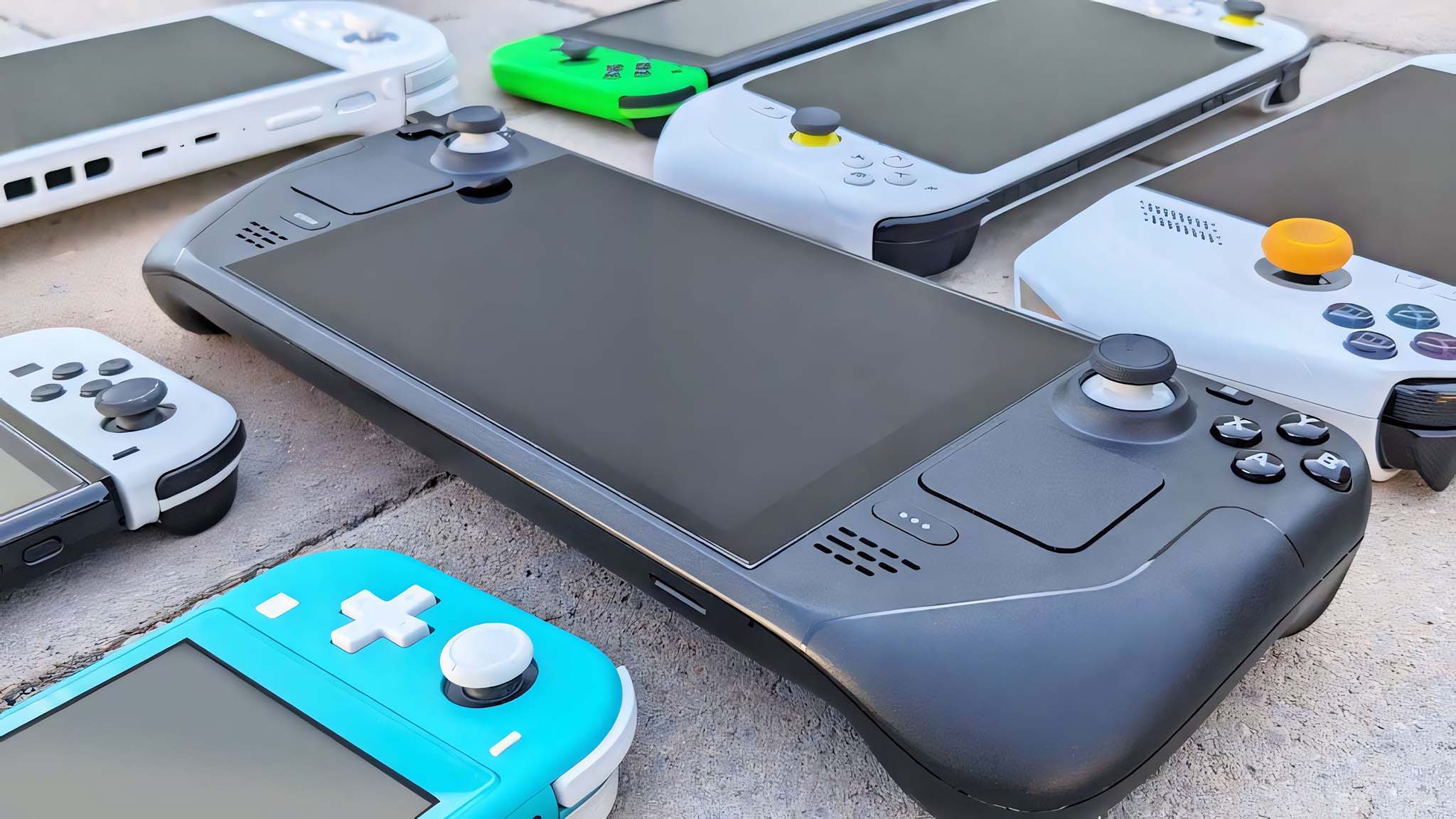
- Best gaming handhelds 2024
- I was wrong about the ROG Ally
- Lenovo Legion Go Review
- Best power banks for ROG Ally
- Steam Deck OLED vs Steam Deck LCD
Now, if you're trying to decide between the ROG Ally 2 vs the Steam Deck 2, then you've got some time to think about it. While the Ally 2 might be releasing in 2025, the Steam Deck 2 probably won't launch for another year or two.
When choosing a gaming handheld, you need to consider what features you want from your portable device.
It's very likely that Valve will want to maintain its place as the most affordable gaming handheld for PC games. If that's the case, then the Steam Deck 2 likely won't have as powerful of internals as the ROG Ally 2.
As such, if you'd prefer a device that can handle more intensive graphics, then the ROG Ally 2 might be the device for you. Meanwhile, if price is your key consideration, then Steam Deck 2 might be the better choice.
Another key difference between ASUS and Valve's handhelds are their interfaces. ROG Ally runs Windows while Steam Deck runs the Arch Linux-based SteamOS. It's very possible this will continue for the next-gen iterations of both handhelds.
That said, SteamOS is coming to more devices, so we could be seeing a SteamOS version of the ROG Ally 2.
After all, there is already a SteamOS version of the Legion Go S. It releases May 25, 2025, and has a starting price of $549.99 at Best Buy.
- RELATED: Legion Go S vs Steam Deck
Now, back to ROG Ally and Steam Deck.
Since the ROG Ally runs Windows, it can be used right out of the box like any other computer to do things like surf the web, run various programs, and much more. However, users need to be comfortable navigating Windows, which can be full of bloatware.
Meanwhile, SteamOS makes it easier to simply dive into your gaming library from the get-go without having to deal with extra notices or programs running in the background. Some tech-savvy people also customize the Steam Deck to get it to work more like a typical computer.
You can easily find videos or forums where people explain the customizations they've made to the handheld. Just know that making changes like this might void the Steam Deck's warranty.
Improvements we want to see in Steam Deck 2
My amazing colleague Jennifer Young has already written 7 things we'd like to see in the Steam Deck 2 that thoroughly covers potential Steam Deck improvements. Her ideas include better performance for AAA games, improved battery life, an extra USB-C port, built-in support for other gaming apps (outside of Steam), a lightweight design, outer shell customization, and Hall-effect joysticks.
I definitely agree with all of these ideas and recommend you read her article for yourself. But I'll just add a few additional thoughts I've had on the subject.
Ergonomic grips: One of my biggest problems with the Steam Deck is its bulky and heavy build. I really hope that the Steam Deck 2 has better ergonomic grips in addition to a more lightweight design. As it is, my pinkies often go numb if I grasp the handheld in my hands for too long.
Offset joysticks: Hall-effect joysticks that don't drift will be a major boon to anyone playing the Steam Deck 2, but I also hope the next-gen design offsets the joysticks (like what you see on an Xbox controller) so they aren't at the same height. It simply feels more comfortable with that kind of layout.
Quieter fans: There's no denying that the Steam Deck fans can get really 'blasty' once I start up certain games. Hopefully, the next-gen one will be a little quieter while also being a bit cooler. Perhaps taking advantage of new solid-state fan technology or some other cooling system might help with this.

Self-professed gaming geek Rebecca Spear is one of Windows Central's editors and reviewers with a focus on gaming handhelds, mini PCs, PC gaming, and laptops. When she isn't checking out the latest games on Xbox Game Pass, PC, ROG Ally, or Steam Deck; she can be found digital drawing with a Wacom tablet. She's written thousands of articles with everything from editorials, reviews, previews, features, previews, and hardware reviews over the last few years. If you need information about anything gaming-related, her articles can help you out. She also loves testing game accessories and any new tech on the market. You can follow her @rrspear on X (formerly Twitter).
You must confirm your public display name before commenting
Please logout and then login again, you will then be prompted to enter your display name.
